[ Make your voice heard. Take the Reimagine RTS survey. ]
Last week RGRTA announced a plan to “Reimagine RTS.” Reconnect Rochester believes this is a once-in-a-lifetime opportunity for our community to get mass transportation right. We all have a stake in the success of our public transportation system and it is critical that RGRTA and its project team have access to thoughts and ideas from every demographic and every corner of our community. To help, we have compiled our ideas and recommendations, and we are asking you all to do the same.
But first, we need to understand how we got here.
Rochester’s public transportation network was originally designed to carry people between downtown and densely populated surrounding neighborhoods. As our residential population, commerce, and jobs spread outward with the adoption of the automobile, RGRTA attempted to follow this migration by extending service outward. With lower population densities in the suburbs, the stretched transit company found itself facing an impossible choice: expand service to reach fewer customers, or maintain its existing service area for a dwindling urban population.
After decades of attempting to do both, the quality of service in Monroe County has suffered. Those who rely on transit are underserved, and those who might choose to ride rather than drive do not. We hear complaints from riders about infrequent service, long trip times, perceived safety issues, and the need to walk great distances to reach their bus stop or final destination. Clearly, we need systemic changes to improve service and increase the viability of our public transit network.
RGRTA recognizes these issues and is now taking a bold step to design “a new transit system from the ground up.”
Our Top 5 Recommendations to Make Rochester Transit Great (again)
Reconnect Rochester has surveyed its members on how to improve Rochester’s public transit system to serve the greatest number of people. Our recommendations are prioritized below.
1. Make service more frequent and consistent.
Current routes and schedules are too complex and inconsistent. To build confidence and make people believe they will have a ride available when they need it:
- Vehicles should run every 30 minutes or less throughout the entire system.
- Vehicles should run every 15 minutes or less on key routes during peak hours.
- Routes, schedules and frequencies should be consistent throughout the weekday and on weekends.
- Vehicles should depart from the terminal on time.
- Even spacing should be maintained between buses.
- The number and placement of new bus stops should follow the recommendations outlined previously in the RTS Bus Stop Optimization Study (2014) to strike a balance between pedestrian accessibility and system performance.
- Outlying routes or segments that cannot support 30 minute frequency (either with ridership or private sector funding) may need to be eliminated, or serious consideration should be given to servicing these areas by other means.
2. Make routes more direct.
Many routes currently have unnecessary turns and deviations, meaning most trips take much longer than they should. The current hub and spoke layout also makes it difficult to transfer between routes without going downtown. To improve efficiency and provide the fastest possible trip time:
- Routes should be designed to take the most direct path between major destinations. Twists, turns and “zig-zags” should be eliminated.
- Buses should not run into and through office complexes and strip mall parking lots. Instead, municipalities need to work to make sure transit access is provided by direct and convenient pedestrian access through a site to the edge of the public right of way.
- It should be possible to switch (or transfer) between routes from any point in the network.
- Adjacent routes should be placed within walking distance from each other and service staggered to make it easier for riders to switch from one bus to another on a nearby route.
- Provisions should be made for other modes of travel at major bus stops or satellite hubs (i.e., ridesharing and bike share stations, safe and accessible pedestrian infrastructure, information/signage, etc.).
- It should be possible to travel between the county’s four quadrants without transferring downtown.
- Crosstown or orbital routes should be added near the perimeter of the city where radial routes diverge.
- Work with other transit providers to make existing crosstown routes (e.g., U of R’s Orange Line) available for riders.
- Work with the City and DOT to design streets that prioritize transit (as well as pedestrians and cyclists) over private motor vehicles.
- Install curb extensions at transit stops (as opposed to curb cutouts) to eliminate time spent weaving in and out of traffic.
- Optimize traffic signals to improve reliability by allowing buses to maintain a constant speed, and reducing time spent at red lights.
- Utilize dedicated lanes to move buses more quickly through crowded streets.
3. Right-size the service.
Many routes receive high ridership near the core of the network, resulting in overcrowded, slow moving buses there and nearly empty buses for the remainder of the routes. To relieve overcrowding and improve service in high demand areas:
- Some routes may require express and local access service.
- Consider eliminating outlying routes or segments where demand is low.
- Vehicles should be selected according to demand.
- Heavily used routes within the core of Monroe County should be serviced by 40’ or larger vehicles, while lesser used routes could be serviced by vans or other systems altogether (i.e., ride-sharing).
- Where necessary, transit vehicles should be outfitted to accommodate more bicycles.
4. Make transit accessible and easy to use.
In recent years RGRTA has added several systems and technologies that have made it easier and more enjoyable to use transit. These include the fully enclosed RTS Transit Center, fare kiosks, Tap & Go fare cards, digital signage, and a mobile trip planning app. The following recommendations would make RTS even easier to use and more welcoming to new customers:
- Improve integration with other modes and transit systems.
- Institute an integrated payment solution so that one “currency” can be used across a variety of transportation systems (i.e., one stored-value pass to pay for bus fare, rideshare, taxi, or bike share that could be replenished online or at a kiosk).
- Include data from other transportation companies within the RTS mobile app.
- Share data and synchronize service between other transit providers such as college bus systems, Amtrak, and intercity buses.
- Work with municipal staff and land use boards in development review and site design. Employment locations, services, retail, and higher density residential development should occur within a half mile of transit corridors. The details of site design such as building placement and internal pedestrian circulation networks are critical in supporting transit.
- A dynamic transit frequency map should be published for municipalities to evaluate whether transit is a realistic mobility option for a given development or not. There’s a huge difference in a site served by buses every 2 hours versus one served by buses every 20 minutes. Frequency information is not captured on a typical system route map (see for example these maps by Reconnect Rochester and this article by Jarrett Walker).
- School routes (currently designated with an X) should not add complexity to the published schedules.
- Provide basic amenities for transit riders at all bus stops.
- Safe and accessible sidewalk connection from curb pick-up
- Route map and information
- Seating
- Provide enhanced amenities for transit riders at heavily used stops and hubs.
- Shelter
- Trash receptacle
- Bike rack
- Heat
- WiFi
- Work with municipalities to enact a maintenance plan for all bus stops.
- Trash pickup
- Snow removal
- Accountability
- Provide riders with real-time information
- Countdown clocks with real-time information should be installed at all major transit stops and hubs (i.e., URMC, colleges, Airport, Rochester Intermodal Station, Irondequoit Plaza, etc.).
- Work with municipalities and property owners to display real-time information screens at highly visible locations such as schools, shopping centers, arenas, office and apartment buildings (i.e., TransitScreen).
- Provide additional off-board and cash-free fare payment methods (i.e., kiosks at major transit stops where passengers can buy Tap & Go cards, mobile ticketing via the RTS app or a 3rd party app such as Token Transit, etc.).
- Explore ways to allow boarding at both front and rear doors.
5. Stay competitive through innovation.
A business succeeds by staying ahead of the competition. Beyond the recommendations outlined in sections 1-4, it will be imperative for RTS to:
- Continually monitor customer needs and local market conditions in order to identify areas for improvement, industry trends and opportunities to attract new customers.
- Offer classes or seminars on “how to ride the bus.” Many people are reluctant to try the bus, in part, because they are unfamiliar with it.
- Have a bike rack mock-up device so people can practice loading a bike into the rack without the pressure of a bus full of people watching.
- Expand offerings by studying the feasibility of new systems and upgrades such as:
- Fixed guideway and/or bus rapid transit on core routes
- Smaller self-driving vehicles for local or on-demand service
- Work with the City and County to manage land use in a way that complements service patterns. Future service can then be planned based on land use decisions.
- Work with municipalities, key neighborhood groups, and large employers to establish Transportation Demand Management entities and co-promote public transit as a solution to congestion and costly parking.
- Step up marketing efforts and always maintain a fresh image reflecting the unique selling points of RTS.
- Develop example language/assistance for municipalities, event planners, retailers, employers etc. that highlight the ability to use transit to access the event. Too often events or meeting notices provide parking information without information about public transit. Rochester International Jazz Festival does a good job of this.
Share Your Suggestions
We hope our suggestions will give you a framework from which to craft your own thoughts for RTS. Please feel free to steal our list straight away. Or if you have ideas not mentioned above, we’d love to hear them in the comments section below.
We also urge you to attend the first public meeting for this project on October 25th from 6:00-7:30PM at the Brockport Metro Center. And don’t forget to visit www.myRTS.com/reimagine to submit your comments and stay updated on this important project over the next 12 months.


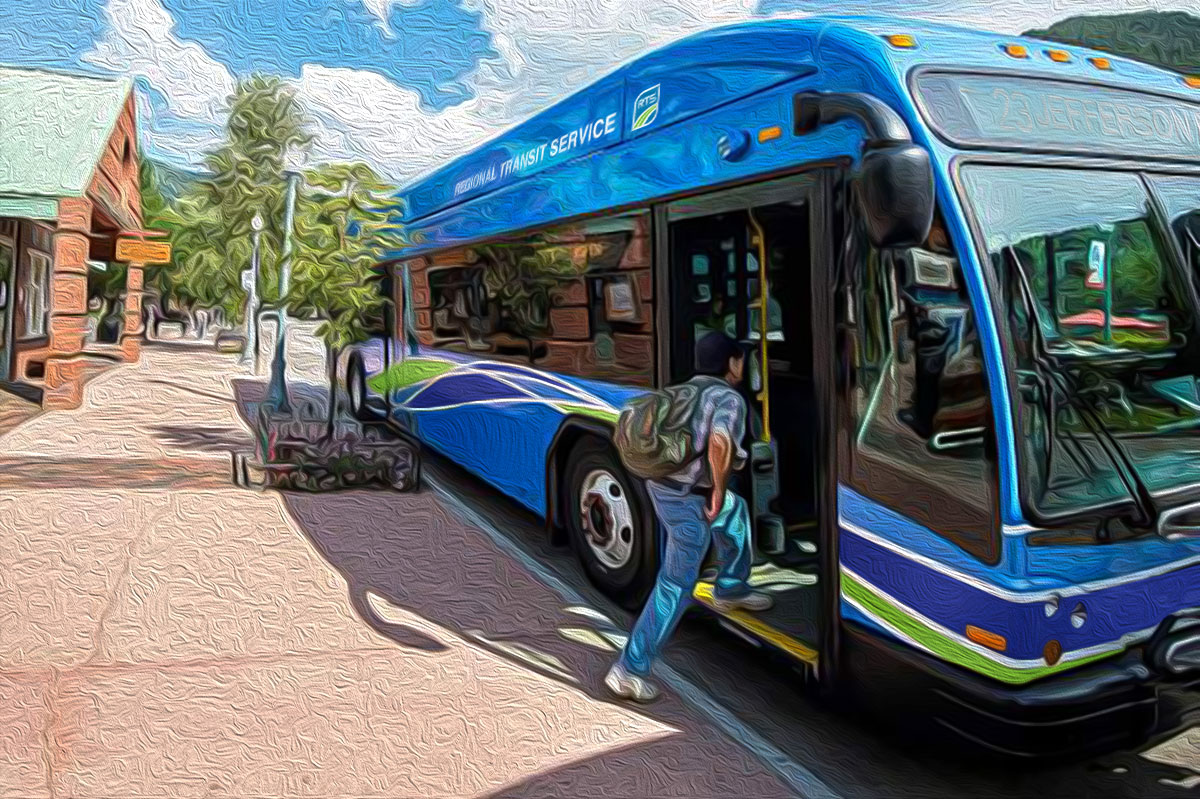
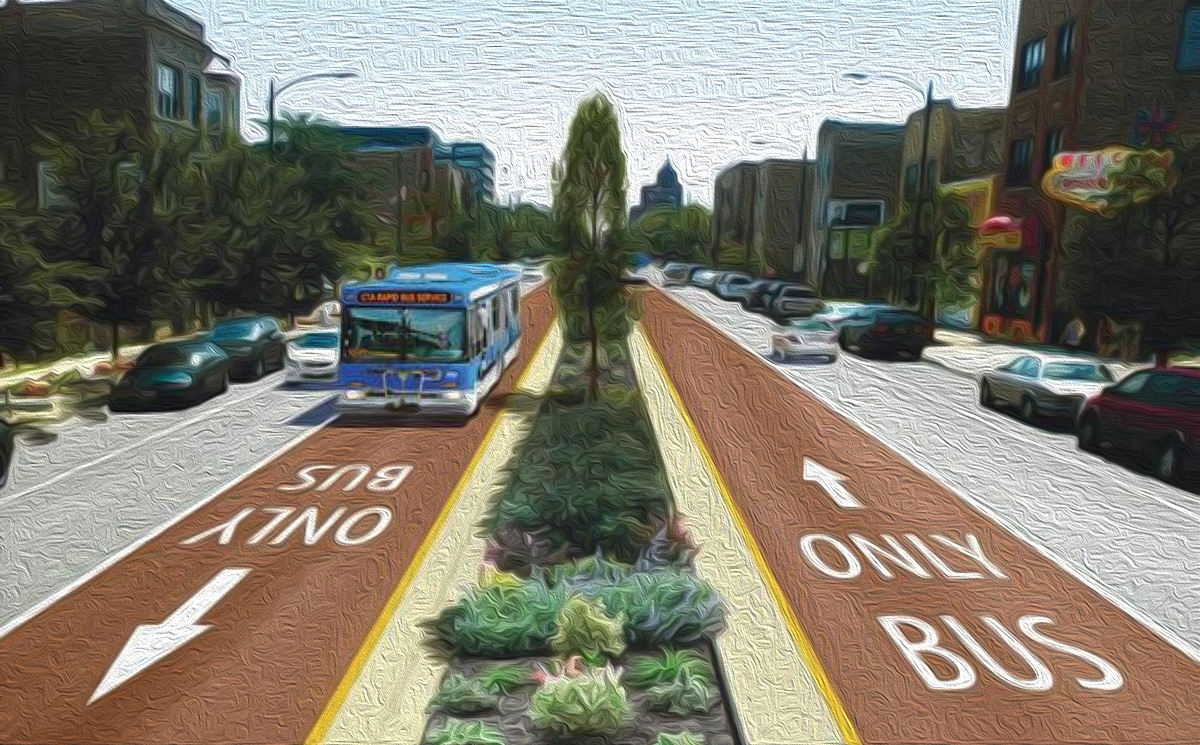
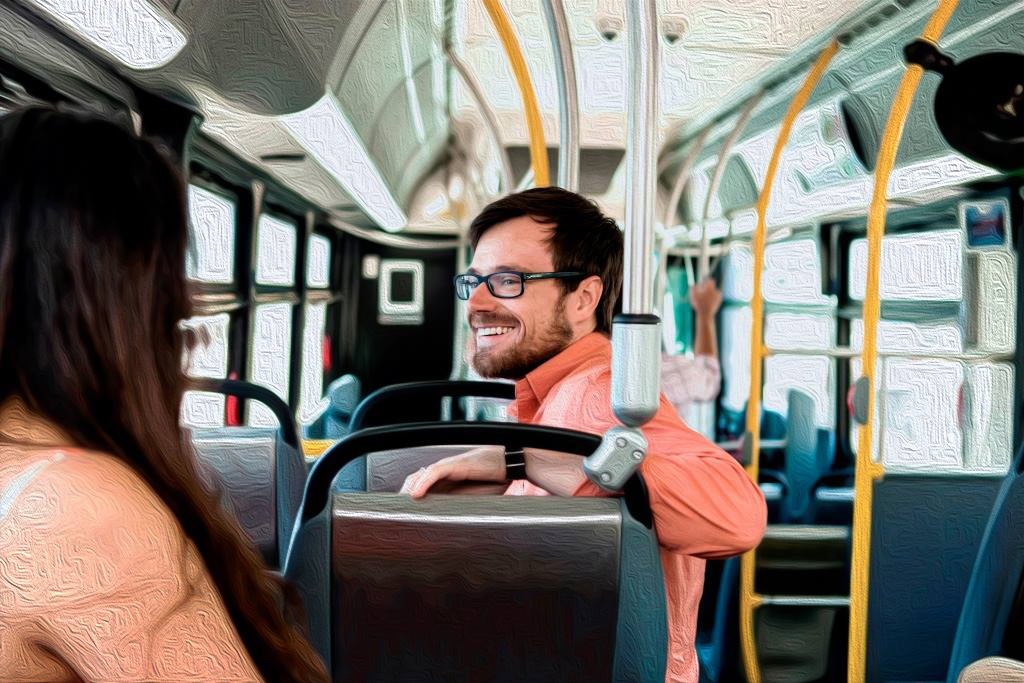
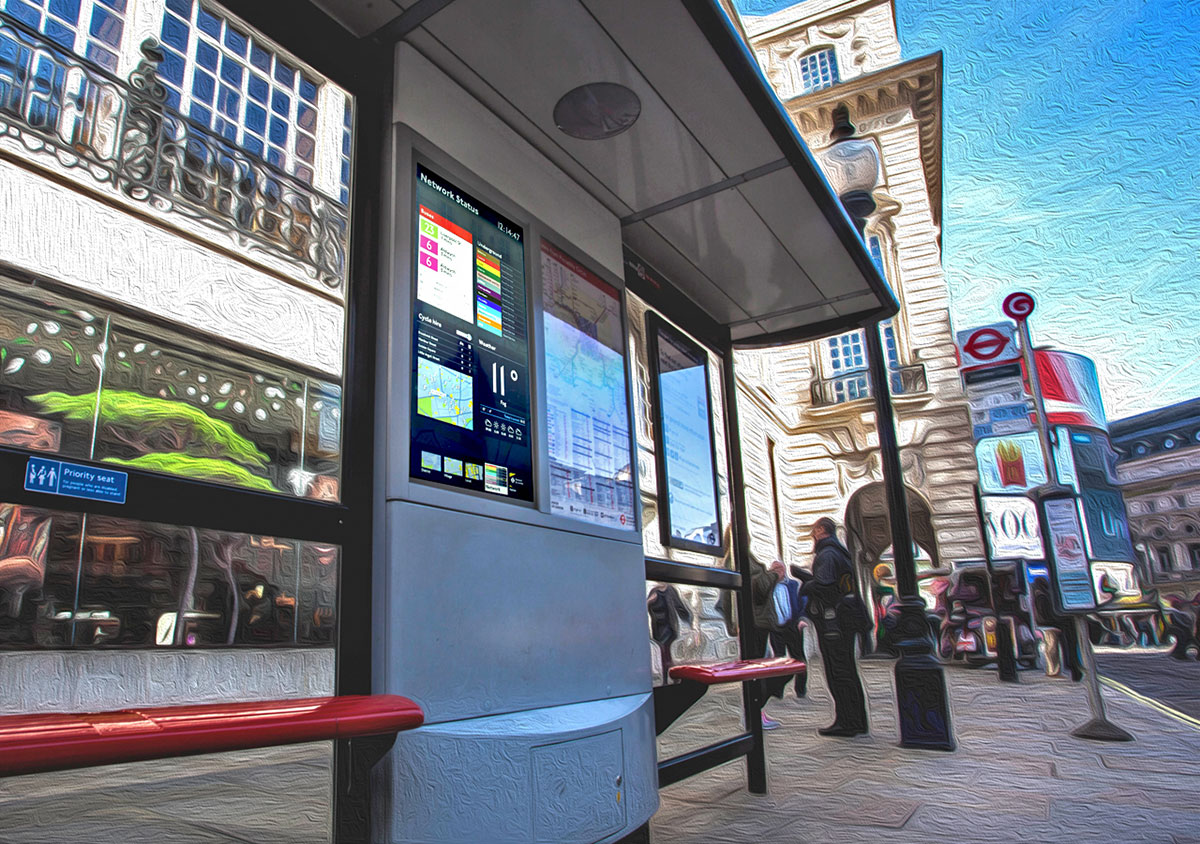
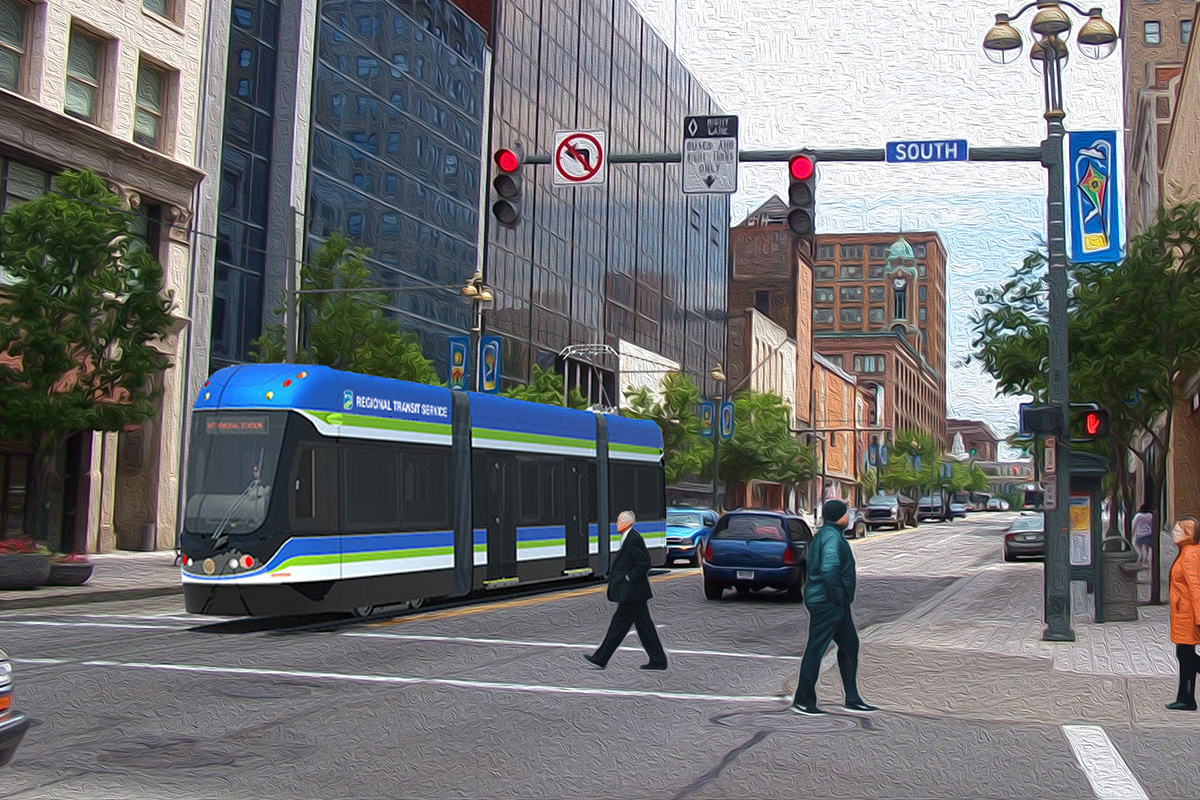
This is a great start to reimagining our city…
DeWain Feller suggested satellite bus hubs at Elmwood and Kendrick, Winton and University, and West Ridge at Lake.
Offer a shuttle service for low demand areas.
Increase the park and ride options
Offer a transportation credit card that could be used across all modes of public transport. (Can some of this amount be used as a tax deduction like mileage deductions on a 1040A)
Advertise more. The rts map should be familiar to everyone.
Offer express rides to Victor, Pittsford or wherever traffic patterns are heavy.
Highlight stories of successful transit users
I ride all the time. One thing that would be super useful and speed things up would be a downtown shuttle on a loop route. You could then eliminate some of the stops still left inside the inner loop for buses exiting downtown. Instead riders would take the shuttle from various places downtown to the transit center. For those getting across downtown, especially in bad weather, the shuttle would also serve as a quick ride. With a loop it would continuously circle so anyone would know it would be along shortly. Ideally this would be free but it could work as a Metrocard system where you buy a set of rides. The actual vehicles would be more like light rail than buses- smaller and more efficient.
Spend some money on a much higher quality RGRTA app. The current one is really a piece of junk to navigate.
– Study feasibility of streetcar line along Main St and/or light rail line connecting university campuses to downtown
– work with major employers to locate stops and align schedules with shifts. I know I’d ride the bus every day if there was a stop closer to my employer. Don’t assume white-collar employees wouldn’t take the bus if given the option
Don’t leave places like Chili, where my son lives, in the lurch on weekends. There are still places to go 7 days a week. Sometimes he’s had to walk miles from the last stop, at certain times, at Walmart, all the way to Chili!
Couple of thoughts not entirely addressed above. Some big, some small.
Use a mobility as a service model; sync transportation network companies, bike shares, short-range low-speed offerings, and anything else that moves people to all bus and light rail offerings through trip planning, payment systems and options, and even structurally via route and service area planning.
Further your use of journey mapping to improve your routes and service.
Add wi-fi and charging ports to your buses. It may sound minor but it would be more attractive and aid in in-route trip planning and travel updating.
Start a Car-2-Go car sharing service for the periphery of the service area.
Turn the section of 490 that currently runs through the City between 590 and 390 into a boulevard, with bike infrastructure, and either light rail or bus rapid transit. The 590 / 390 connection could be redesignated as 490 to carry through traffic.
The timed transfers downtown work well evenings and weekends,
but during the day you often have to wait over 30 minutes for a transfer.
Let’s use timed transfers all day. It would be great if buses were
frequent enough that timed transfer were unnecessary – but that’s just
not the reality.
Parents who travel the transit system taking their children to school and picking them up is often a very long time factor….There are hundreds if not thousands of parents who ride the bus to take their kids to school….why not offer them a discount bus pass as the cost of transportation is another factor of an expense as a parent.
student of local schools ride for a discount, senior citizens have a discount, but there is no discount for parents who take their kids to school via the rts system in monroe county.
why is that…do the parents not have a financial obligation to get them to school.
do we not count???